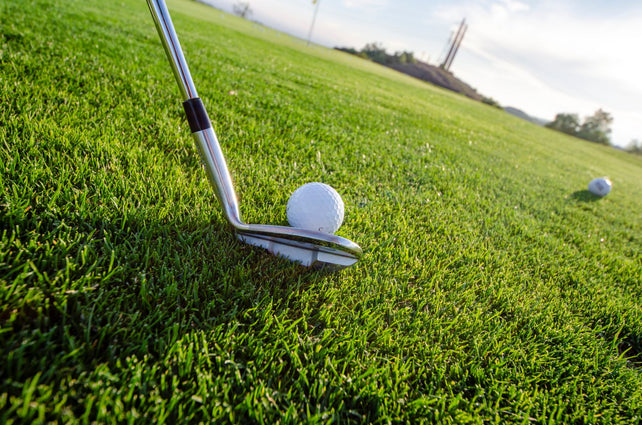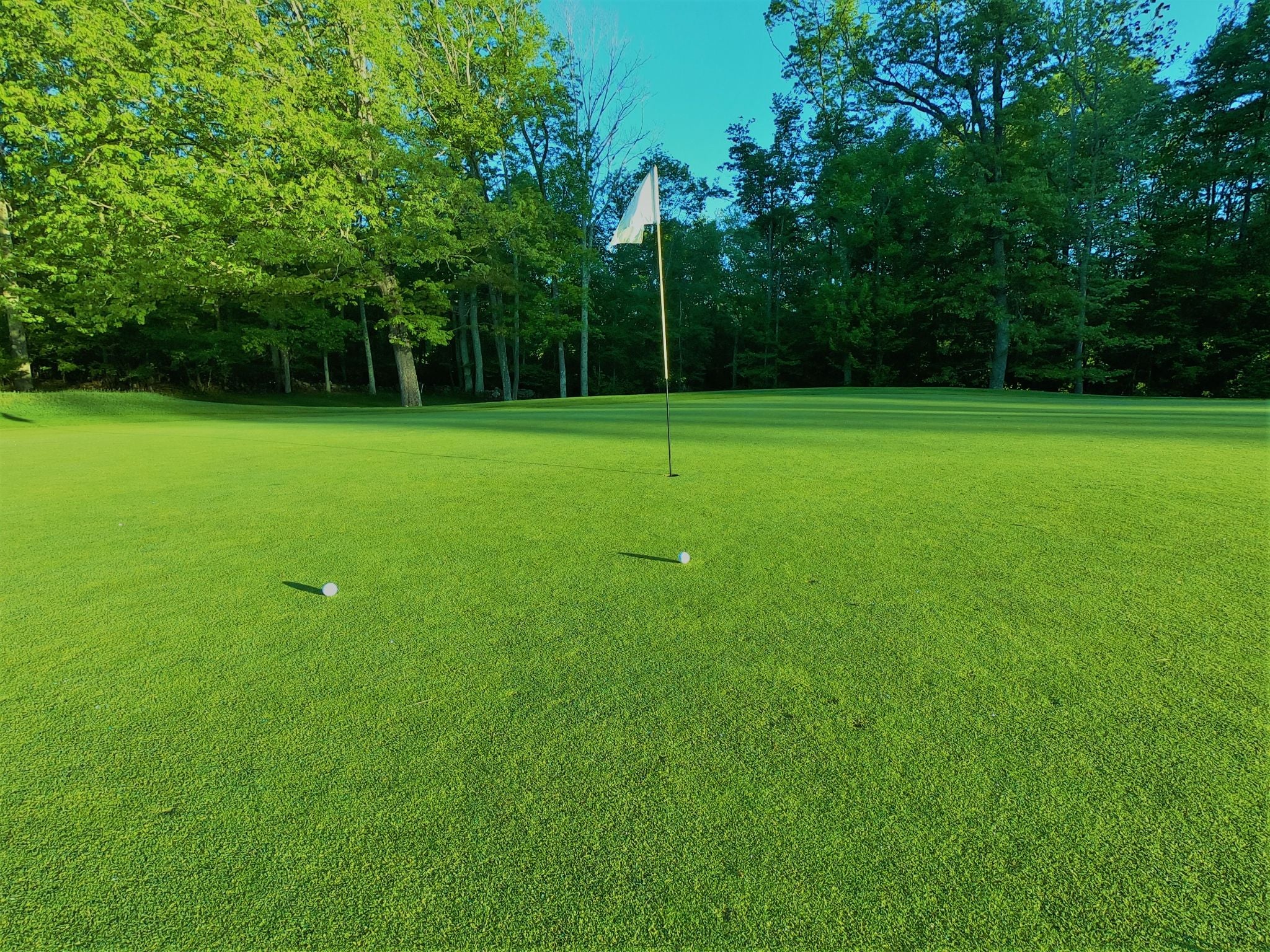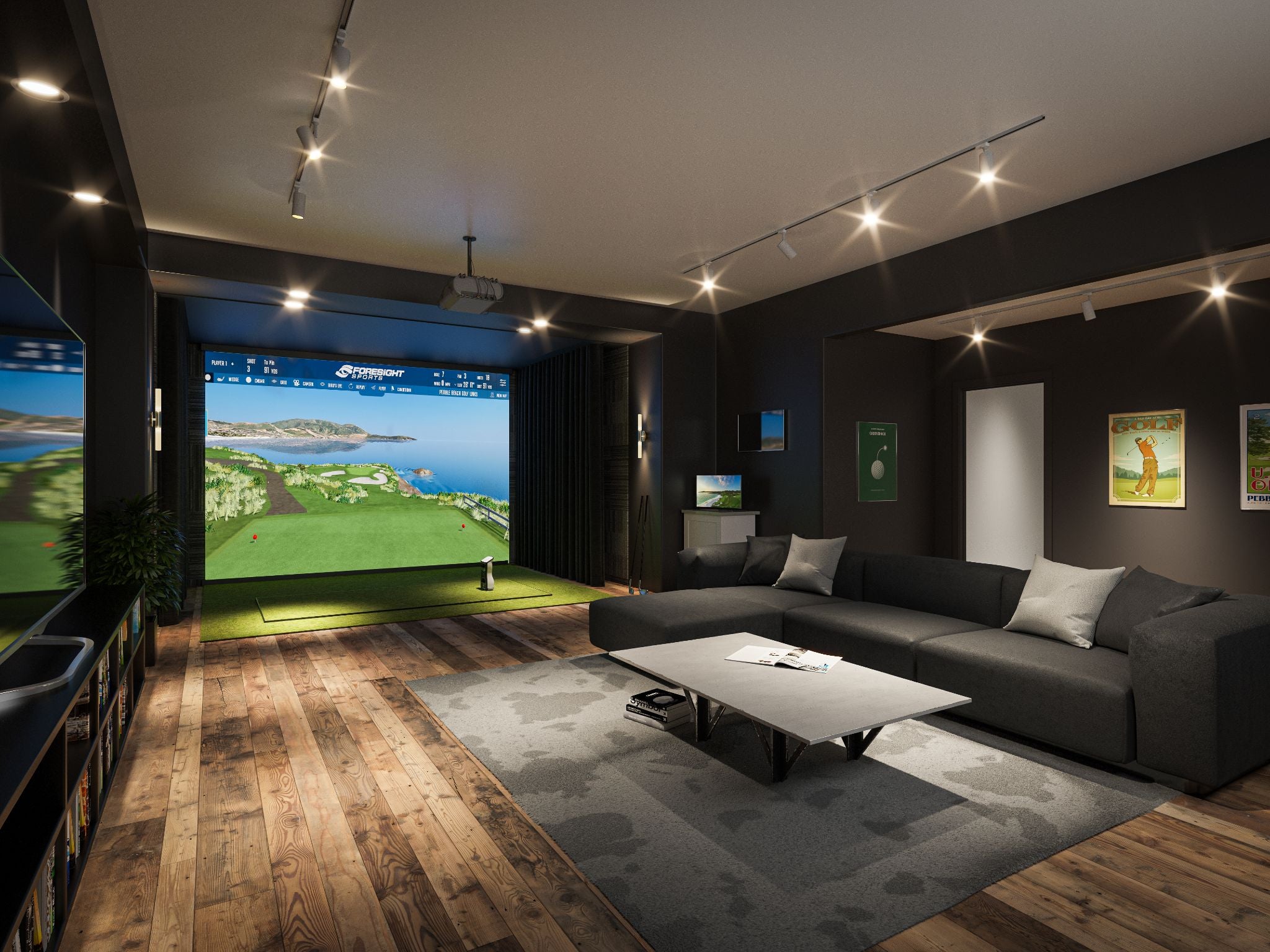Golf Putting Green: What Does a Golfer Need to Know?
Jul 28, 2021
Learning the rules of golf and how to play is much more than just having a set of clubs and hitting the golf ball. There are various rules for different areas of the golf course, what to do when you hit a ball out of bounds, and so on.
One area of the course that has specific rules every golfer should know is the golf putting green. The putting green is the area of the golf course that is nearest the hole. The area around the hole has been prepared specifically for putting.
The USGA recently updated the rules regarding putting greens. The USGA came up with a number of rules since golfers spend most of their time on the putting green. They also spend more time around their ball than anywhere else on the golf course. The updated rules were revised to help golfers produce outcomes that were more reasonable and fair.
Some of the changes involved giving golfers special permissions on various things they can do when preparing putting strokes without being penalized, such as:
- Lifting and Cleaning the Golf Ball
- Marking the Ball
- Repairing Damages on the Green
- Replacing the Ball on the Green
For example, you or another player accidentally cause your ball to move. You can pick it up and put it back in its formal position without taking a penalty. On the other hand, if wind or rain causes the ball to move, you can play it from the new position or put it back where it was. Either way, there is no penalty.

You can mark your ball with an appropriate marker to indicate its location on the green in place of leaving the ball on the green. If the marker is accidentally moved, you can use the same rule for replacing the ball on the green without a penalty.
Additionally, the green is the only place on the entire course where you are allowed to remove loose soil and sand. Regarding damages on the green, it is acceptable to repair old hole plugs, spike marks, ball marks, or anything caused by maintenance practices, animals, or shoes.
However, you cannot repair natural surface imperfections, normal wear, and aeration holes. Furthermore, you can touch the green to indicate where you intend to aim or point your ball.
Another unique rule is golfers no longer have to remove the flag stick when they get close to the hole. They can leave the flag stick in for short game putting. If the ball bounces off the flag stick, there is no penalty. You just play the ball from wherever it stops.
If the ball is resting against the flag stick, you play it from where it lies. Yet, if part of the ball is in the hole where it is below the surface of the putting green, it is considered holed.
It is still perfectly acceptable to remove the flag stick if that is your preference. However, you must remove the flag stick prior to your stroke. In cases where the flag stick was not removed, the ball is against the flag stick, you decide to remove the flagstick, and it causes the ball to become holed, you must replace it on the edge of the hole and continue play.
These are just some of the many rules allowed on the golf green. The USGA covers all putting green rules under Rule 13. The purpose of these rules is to allow players to do certain things on the putting green that they normally cannot do anywhere else on the golf course without being penalized.
When Does Rule 13 Apply?

Rule 13 takes effect the moment your golf ball is on the putting green, or any part of it, and is inside the edges around the putting green. The rule to make repairs can be done either before or after your ball is on the putting green.
It is worth your time to read and review all the sections of Rule 13, as well as other essential ones important for proper golf game etiquette, including:
Rule 10
Rule 10 of the USGA golf rules relates to the order of play and how it is determined. Typically, the player farthest from the hole plays the round first, followed by the second closest, and so on. Yet, the rule allows golfers to play out of turn if the player farthest from the hole is not ready to shoot or putt and needs more time. Then, they may give you permission to take your turn.
Rule 20-5
This rule is where an opponent could ask you to replay your putt if you took your turn out of order and did not get permission to putt from the player farthest from the hole. If they make the request, you replace your ball on the green in its former location and retake the shot without taking a penalty.
Are You Required to Use a Putter on the Golf Putting Green?

The USGA allows golfers to any club of their choosing on the golf putting green. They are not required to use putters. While most golfers will switch to putters once they get the golf ball on the green, there are times when using a putter may not be the most advantageous.
Essentially, you could tee off with a wedge, putt with a driver, or chip with a putter. Additionally, golfers can decide what type of shot they want to make on the golf green that could help them get the ball closer to the hole or hole it. As such, they could decide to use an iron for putting and chipping the ball closer to the hole.
Why Would a Golfer Use a Different Club on the Golf Green?
If you look back to the 2019 U.S. Open, Gary Woodland was facing a difficult putt on the 17th green at Pebble Beach. However, he decided to use a wedge to hit the ball and was able to set up the shot, so he got par on that hole, which ultimately led to him winning.
Another situation that can arise during tournament play is where a putting green might have a bunker somewhere on the green. This can lead to situations where golfers might decide to use a different club to chip their shot over the bunker to avoid it entirely.
Of course, deciding to use a different club when on the green does have its risks. The golf green has the shortest grass on the entire golf course. As such, there is not much room for error when deciding to use a different club. If you make a mistake, you could hit your ball off the green, taking it farther away from the hole.
It is worth noting that certain golf clubs may not allow golfers to use different clubs on the golf course and golf putting green during normal play or local tournaments. Yet, during PGA tournaments, golf clubs must allow players to choose whatever club they want to use anywhere on the course, including the putting green.
How to Improve Putting Strokes

To become a better golfer, practicing your putting is essential. As we already mentioned, you spend most of your time on the golf green. Enhancing your putting skills will help you lower the number of strokes needed to get your ball in the hole.
There are several different options to improve putting strokes, including:
Outdoor Putting Greens
Some golf clubs have different areas set up just to practice putting on outdoor putting greens. These are great to use because you can try out different shots from various locations on the greens and not worry about having to stop to allow other golfers to play through like you do when on the golf course.
Indoor Putting Greens
Indoor putting greens are not as elaborate as outdoor putting greens. A typical setup has a small section of artificial grass that is the same height as you find on the putting green. Basically, the indoor green looks like a runner with a hole at the end of it.
Indoor Golf Simulator
One of the easiest ways to practice putting anytime you want is with an indoor golf simulator. Depending on the setup, the golf simulator can provide valuable information and feedback data, such as ball position, speed, swing, and so on, to help you get better.
Additionally, you can practice putting on a variety of different golf courses. The detail is very accurate to provide an experience just like you were there. So, whether you want to play the entire course or just practice on different greens, you have the flexibility to focus on those areas you want to improve the most. You can customize your simulations to reflect real-time weather conditions.
How Foresight Sports Can Help with Practicing Your Putting

Foresight Sports provides access to high-quality simulators you can use to practice putting strokes. We can help you customize your simulator with the features and options you want the most to create the perfect indoor dream golf experience.
Not to mention, our GCQuad launch monitor can also be used outdoors to gather real-time data while you play golf to help improve your game, including putting and chipping. For further information and assistance in building your dream golf simulator, please feel free to contact us at (858) 880-0179 today.




































